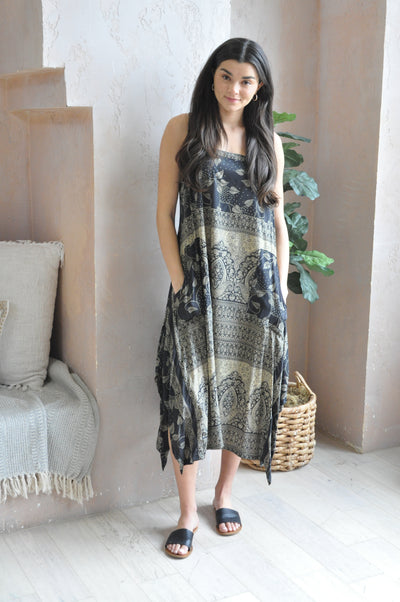One experts opinion on Quality Control in factories around the world - Can they do better?
It is our strong belief that every brand should stand by their product to a certain degree. If production is occurring off shore then there are limits as to what North American industry can do. The bigger the company, the higher the expectations from customers to have a firm handle on their production process, avoiding wasteful damages.
Big fashion brands like The Gap for instance, can most definitely afford to have dedicated teams watching over the production of their garments. The additional costs they incur can result in higher retail pricing, but it can also result in longer lasting clothes. The longer the clothes last, the longer their lifecycle. Brands like ours will continue to find ways to reinvent fashion through upcycling and using wasted textiles to recreate new looks and create unique fashion, but not all brands can do this when they are selling to mass markets.
A lifecycle of a garment can be drawn out for years (especially children's wear) as people often hand down items to family or friends or they may donate items that can be resold if they are in good condition. General wear and tear is hard to avoid, but if washed correctly, and taken care of by a consumer, that can add years to a garments lifetime.
We spoke to a quality control expert who has been working in the industry for nearly 30 years. She said many brands are looking into quality control options to create better products. She also shared that factories abroad are clueing in to the fact that sustainability is actually very good for their bottom line. It keeps costs down when they use less water, and invest in new technologies, and robotics that allow for precision cutting therefore avoiding waste. These same factories believe they need to be more accountable to their chemical clean up.
When I asked our expert (we are not revealing her identity for privacy concerns) if there was one particular country that was breaking the most rules in manufacturing fashion, she quickly confirmed that there is not one in particular. They are all on the same playing field, and many are listening to the public and identifying that they can do better and are working towards it. Some (whose countries are allowed to employ children as young as 16) are also opting out of employing children as a measure to keep the brands they manufacturer out of hot water.
Our expert went on to reassure us that the past decade has brought great change to production in the fashion industry. Overseas factories are quickly recognizing that the onus is on them to do better for their own communities and for the environment.



